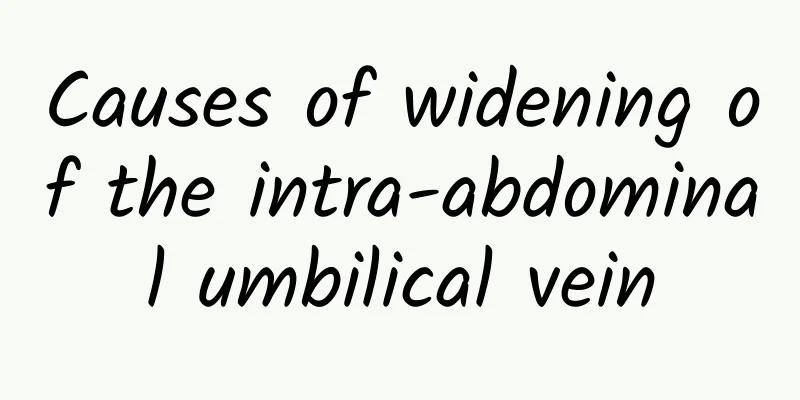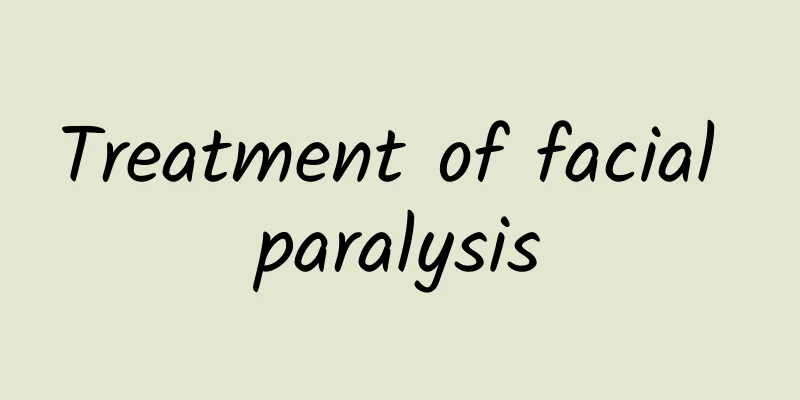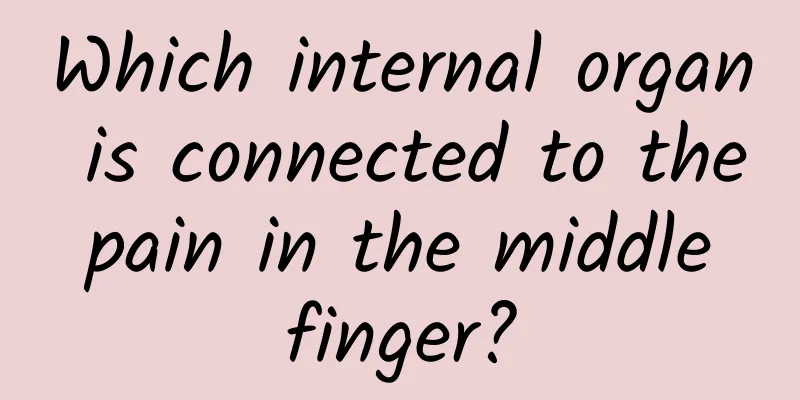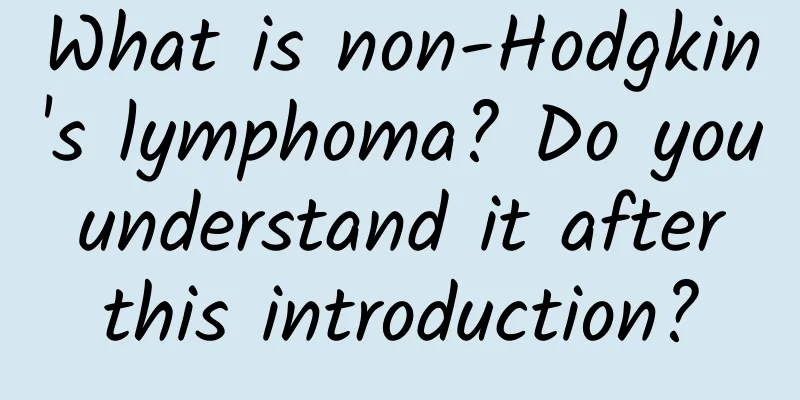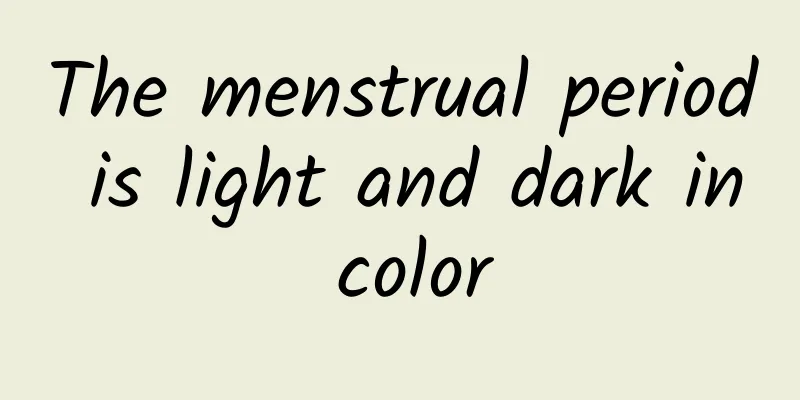How to read cervical CT

|
When there is a cervical spine problem that needs to be checked, the doctor will often request a cervical spine CT scan based on the patient's condition. This examination method is very accurate in discovering lesions, but how do you read cervical spine CT? Everyone is familiar with CT scans, and the causes of diseases in other parts of the body can be found through CT scans. From this examination result, we can see the normal values and the values that occur after the disease occurs, which helps doctors make accurate judgments. Cervical spine CT examination has high practical value in cervical degenerative diseases and cervical spine injuries. High-resolution CT can clearly show the morphology, structure, intervertebral disc lesions, ligament calcification and hypertrophy of the yellow ligament of the spine, and can also clearly show the morphology and structure of the cervical nerve roots and spinal cord. Normal value The angiography was normal; the density of the nucleus pulposus was uniform and consistent with that of the dura mater sac and fat layer, without protrusion or pressure mark deformation. The dura mater sac is located in the middle of the spinal canal. The surrounding fat space is low-density, the spinal cord is medium-density, and there is low-density cerebrospinal fluid between the dura mater sac. Clinical significance of CT examination of cervical spine Abnormal results: Cervical disc herniation: The posterior edge of the disc is parallel to the edge of the bone plate. When the disc herniates, the posterior edge of the disc protrudes locally. Since the density of the protruding nucleus pulposus is higher than that of the dura mater sac and fat layer, it is easy to judge on CT. The location of intervertebral disc herniation can be determined by the shadow of soft tissue with increased density. The dural sac can be indented and deformed by various types of herniation simultaneously. The posterior central part protrudes, and the clinical manifestations are symptoms of spinal cord compression; the lateral protrusion manifests as nerve root irritation and compression symptoms, and sometimes spinal cord compression symptoms may also occur. Its severity is not proportional to the CT image findings. Spinal cord injury: CT can show intramedullary hemorrhage or epidural hematoma, as well as movement of fracture fragments and compression of the spinal cord. Syringomyelia: CT value is limited. Occasionally, low-density cysts are seen in the upper cervical vertebrae, which are isodense when the protein content in the cysts is high. Intraspinal vascular malformations: The spinal cord is focally thickened with uneven density, and may have punctate calcifications, with tortuous strip-like or mass-like enhancement. Sometimes thickened supplying arteries and drainage veins can be seen. People who need to be examined: patients with cervical disc herniation. Precautions for CT examination of cervical spine Unsuitable groups: (1) People with allergic constitution or a history of allergy to ionic contrast agents (if using ionic contrast agents, an iodine allergy test is also required). (2) Patients with impaired heart, lung, liver or kidney function. Taboos before examination: (1) Before the examination, you must inform the CT doctor of your detailed medical history and various examination results. If you have saved X-rays, MRI films, previous CT films and other materials, you must give them to the CT doctor for reference. (2) Tell your doctor if you are allergic to any drug or have any allergic diseases such as asthma or urticaria. (3) Remove clothing from the examination area, including underwear and various items with metal materials, such as headwear, hairpins, earrings, necklaces, jade pendants, coins, belts, keys, etc. (4) If a CT enhanced scan is to be performed or the patient is a child or unconscious, a healthy person must accompany the patient. (5) If ionic contrast agents are used for enhanced CT scanning, an intravenous contrast agent iodine allergy test is required. Only if there is no reaction after 20 minutes can the examination be continued. (6) Do not take any medications containing heavy metals or undergo a gastrointestinal barium examination within one week. Patients who have undergone barium examination must wait until the barium is emptied; those who are anxious to undergo CT examination should be given a cleansing enema or oral laxatives to allow the barium to be completely discharged before undergoing CT examination. Requirements for inspection: (1) During the examination, follow the doctor's instructions and do not move randomly to ensure the clarity of the imaging. (2) The CT machine is equipped with an intercom. If you feel any discomfort or abnormality during the examination, you should inform the doctor immediately. Cervical spine CT scan examination process CT examination of the cervical spine should adopt different positioning measures according to different body shapes, so that the shoulders are positioned downward to avoid the adverse effects of shoulder artifacts on the display of the cervical spine structure. Under the action of the high voltage generator, X-rays pass through a certain layer of the human body and then reach the detector. The detector obtains information from different tissues, amplifies the information, and converts it into digital signals through an analog/digital converter. After computer processing, an absorption coefficient matrix is formed, and then through a digital/analog converter, the digital signal is converted into a video signal, and finally a CT image is obtained. Diseases related to cervical spine CT examination Vertebral artery traumatic embolism, cervical spondylosis, cervical fusion syndrome in children, spinous process tenderness, transient ischemic attack, spasmodic torticollis, brachial plexus neuralgia, cervical spinal stenosis, cervical rib syndrome, acute cervical disc herniation Symptoms related to cervical spine CT examination Drowsiness, heaviness, pressure on the head, tightness in the head, bruises, pain in the shoulder, back, neck, thickening of the tendon sheath, stiff neck, herniated cervical disc |
<<: Cervical pain, nausea and vomiting
>>: What to do if the cervical spine is swollen
Recommend
Which is better for removing dampness and toxins: medicine or food?
If you suddenly feel that your appetite has decre...
What are the symptoms of obsessive-compulsive disorder?
When people develop obsessive-compulsive anxiety ...
What to do if you have wrist tenosynovitis
If you want to effectively relieve wrist tenosyno...
Can cleft lip be seen through 4D scan?
Cleft lip is a relatively common developmental de...
High white blood cell count
Many diseases require a routine blood test before...
What medicine is best for treating uterine cold?
Uterine cold is not an independent disease, but a...
Why does my stomach swell after sex?
Many people have experienced abdominal bloating i...
TCM treatment of skin cancer
Traditional Chinese medicine is now a popular met...
The reason why young people's blood is thick, be careful when eating this
Blood viscosity is not common in young people and...
What to eat for prostate cancer
Prostate cancer is a disease that is relatively e...
Headache throbbing pain
There are many causes of headaches, but few peopl...
How to check gastric disease
There is a common phenomenon in today's socie...
What are the medicinal values of peach tree roots?
Peach is a very common fruit in our lives. It is ...
Symptoms of epilepsy
I believe everyone has a certain understanding of...
Composition of Zexie Decoction
Zexie Decoction is used to treat "water in t...
